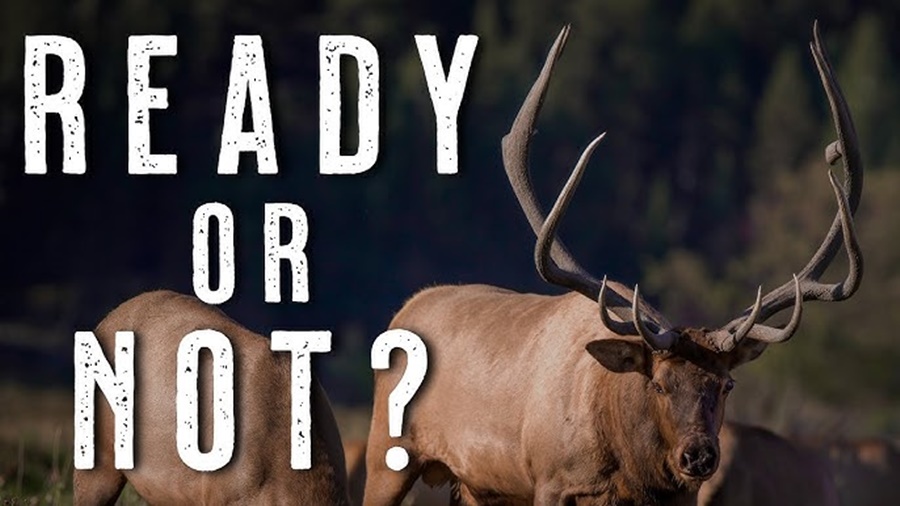Hunting deer and elk is one of the most rewarding experiences for outdoor enthusiasts, offering both challenge and connection to nature. However, success in the field depends heavily on timing. Knowing the best seasons for deer and elk hunting based on behavior, weather, and regulations can make the difference between a memorable hunt and a long, fruitless trek through the woods.
Understanding Hunting Seasons
Hunting seasons are determined by wildlife management agencies in each state or region. These seasons are carefully timed to balance conservation goals with hunting opportunities, ensuring healthy animal populations and sustainable ecosystems. Generally, deer and elk hunting seasons are divided into archery (bow), muzzleloader, and rifle (firearm) periods, each with its own distinct advantages and timing.
Deer Hunting Seasons
1. Early Archery Season (Late Summer to Early Fall)
The early archery season typically begins in September, depending on the state. During this time, deer are still in their late-summer patterns, feeding heavily on crops, acorns, and green vegetation. Bucks are often visible during daylight hours as they finish growing their antlers and prepare for the upcoming rut (mating season).
Advantages:
- Less hunting pressure from others.
- Bucks are more predictable in their feeding patterns.
- Warmer weather and easier terrain conditions.
Challenges:
- Dense foliage can limit visibility.
- Higher temperatures may make meat preservation trickier.
2. Rut Season (Mid to Late Fall)
The rut—typically occurring from late October through November is the most exciting and productive time for deer hunters. Bucks are highly active and less cautious as they pursue does, making them more likely to appear during daylight hours.
Advantages:
- Increased deer movement and visibility.
- Greater chances of encountering mature bucks.
- Cooler weather for hunting comfort and meat preservation.
Challenges:
- High hunting pressure from other hunters.
- Bucks’ unpredictable movements can make scouting difficult.
3. Late Season (Early Winter)
After the rut, from December into early January, deer focus on replenishing their energy reserves. They gather in food-rich areas, often near agricultural fields or remaining mast crops.
Advantages:
- Predictable feeding patterns.
- Sparse foliage makes spotting deer easier.
- Snow can help track movement.
Challenges:
- Cold, harsh weather.
- Deer are warier after months of hunting pressure.
Elk Hunting Seasons
1. Archery Season (Early Fall)
Elk archery season often begins in late August or early September, coinciding with the beginning of the elk rut. Bulls become vocal and territorial, bugling to attract cows and challenge rivals. This behavior makes for an exhilarating and highly interactive hunting experience.
Advantages:
- Opportunity to call and interact with bulls.
- Mild weather and scenic backcountry landscapes.
- Ideal for spot-and-stalk or calling hunts.
Challenges:
- Requires stealth and physical endurance.
- Limited shot opportunities in thick cover.
2. Rifle Season (Mid to Late Fall)
Rifle season for elk generally runs from October to November. By this time, the rut is tapering off, and bulls are recovering from the intense breeding season. Elk tend to move into lower elevations and form larger herds, making them easier to locate.
Advantages:
- Increased range and accuracy with firearms.
- Elk are more concentrated in predictable areas.
- Cooler temperatures favor longer hunts.
Challenges:
- More hunters in the field.
- Elk can be skittish and harder to approach.
3. Late Season (Winter)
In certain western states, late-season elk hunts may extend into December or January. This period targets post-rut elk as they migrate to wintering grounds. Snow-covered terrain can make tracking and spotting herds more manageable.
Advantages:
- Easier to locate elk herds in open terrain.
- Potential for harvesting mature bulls.
- Beautiful winter landscapes.
Challenges:
- Harsh weather conditions.
- Difficult terrain and limited daylight.
Tips for Successful Deer and Elk Hunting
- Scout Early: Learn animal patterns, feeding areas, and travel routes before the season starts.
- Understand Regulations: Always check local hunting rules, tag requirements, and season dates.
- Adapt to the Weather: Both deer and elk behavior change with temperature and snow levels.
- Stay Scent-Free: Animals have exceptional senses of smell control scent with wind direction and proper gear.
- Be Patient and Persistent: Success often comes to those who put in time and remain observant.
Conclusion
The best seasons for deer and elk hunting depend on your preferred hunting method, weather tolerance, and desired experience. Early seasons offer quieter woods and patternable game, rut seasons deliver high excitement and activity, and late seasons reward persistence with challenging but rewarding hunts. By understanding animal behavior and seasonal changes, hunters can increase their chances of success and enjoy every moment in the great outdoors.


